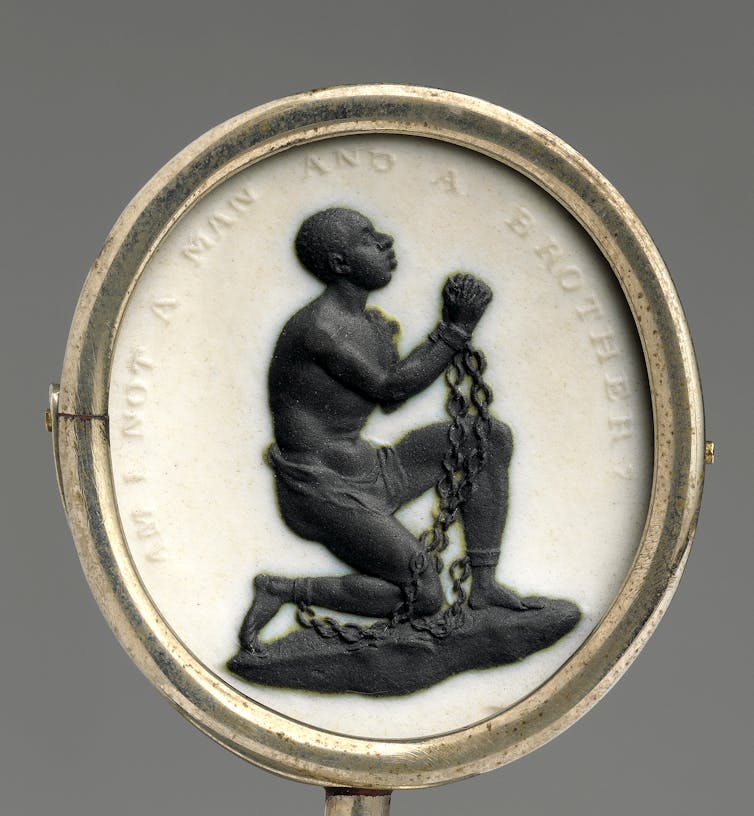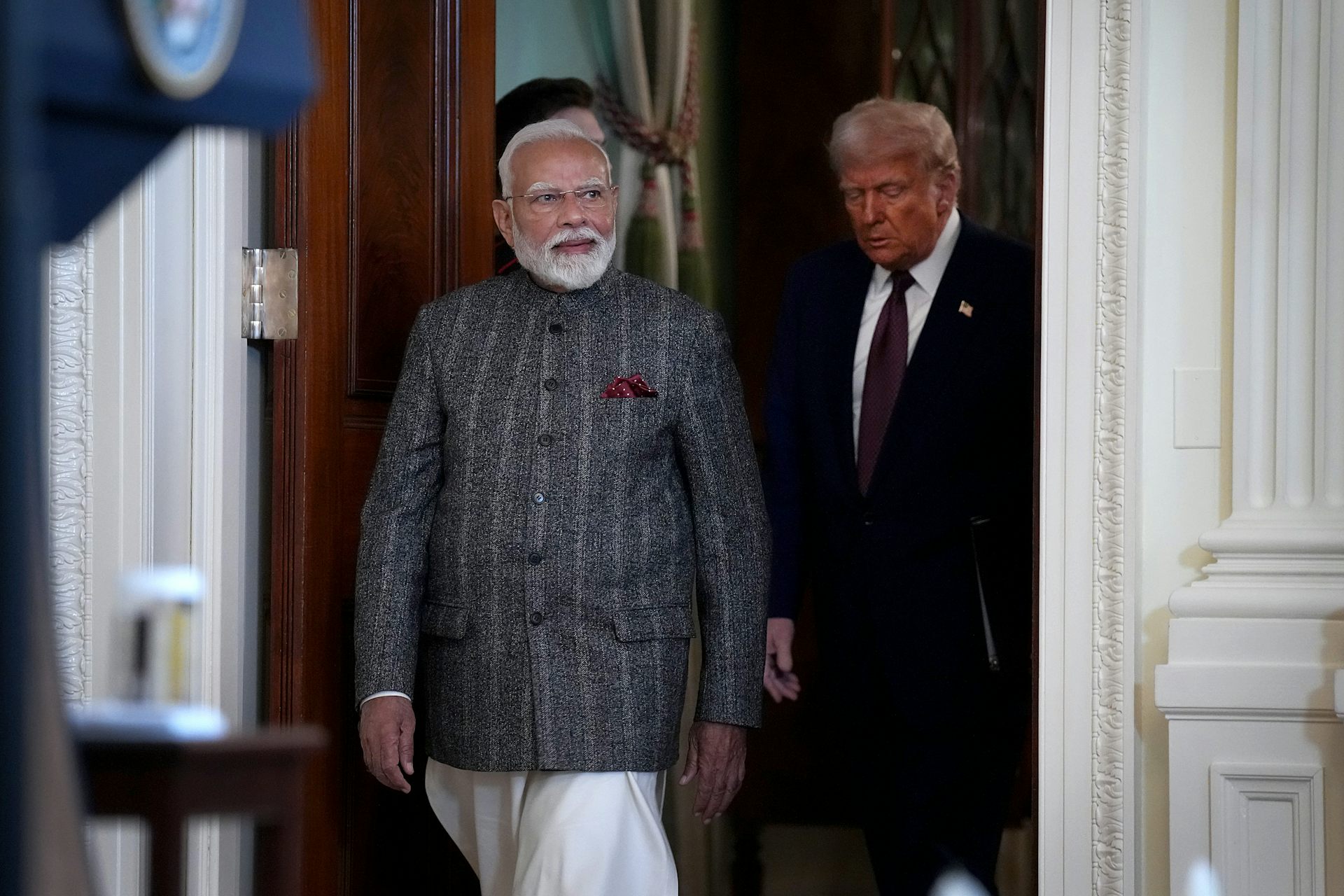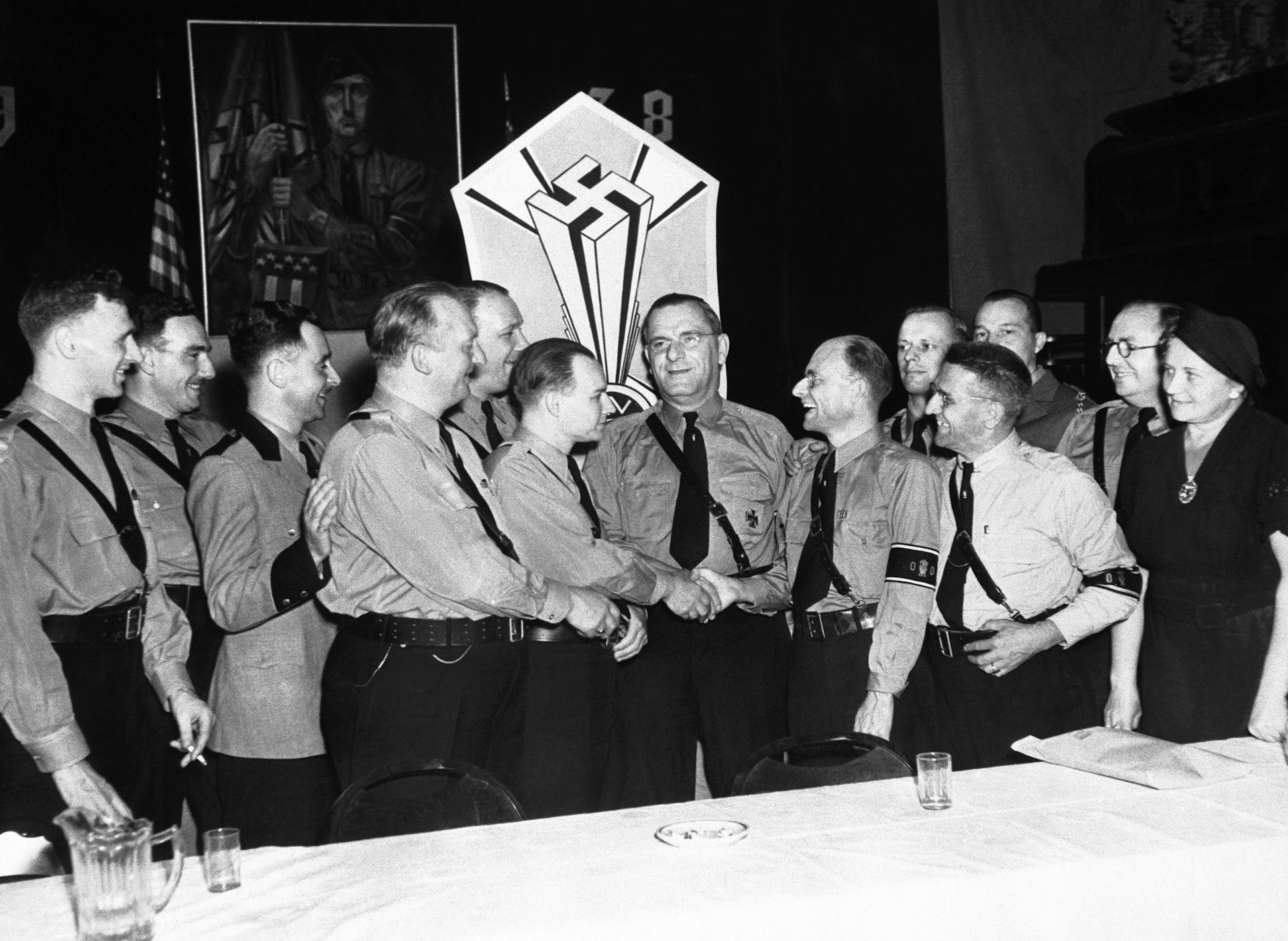What the statue of a kneeling enslaved man in the Emancipation Memorial of 1876 tells us about its h
The image of a kneeling person in chains was first used in a seal commissioned by the Committee for the Abolition of the Slave Trade, established by English Quakers in 1787.
The striking Emancipation Memorial statue in Washington, D.C., shows Abraham Lincoln standing, while a man wearing only a loincloth is appearing to rise from a kneeling position.
The face in the memorial is that of Archer Alexander, who had escaped slavery in 1863 by fleeing to St. Louis, Missouri. Fundraising for a memorial was launched in 1864 by Charlotte Scott, who had been enslaved in Virginia before moving to Ohio. She did not design the monument, however.
As a historian of art, I argue that the origin and evolution of this image illustrate how ideas can change over time.
History of the design
The monument in Washington fuses the portrait of a real-life individual with a common symbol that had galvanized abolitionists for almost 100 years: a generic image of a kneeling enslaved person.
The image of the kneeling man in chains was first used in a seal commissioned by the Committee for the Abolition of the Slave Trade, established by English Quakers in 1787. The seal shows a kneeling slave, clasping his chained hands, who asks, “Am I not a man and a brother?”

The image was so popular that in the same year, the highly successful English porcelain firm Wedgwood Manufactory produced a medallion showing the same image and slogan that was widely distributed.
Two years later, in 1789, at the beginning of the French Revolution, the Sèvres Manufactory created a French version with the translation, “Ne suis-je pas un homme? Un frère?”
In France, the Count of Angivillier, a minister under Louis XVI, halted the production of the medal. The Princeton University Art Museum’s label explains that he was fearful that the image could encourage enslaved Africans in French colonies to rebel.
The phrase “Am I not a man and a brother?” became widely associated with emancipation history. The precise words of the former slave and abolitionist Sojourner Truth at the 1851 Ohio Women’s Rights Convention have been lost to history. However, she was widely reported as using the refrain “Ain’t I a woman?” – the parallel to “Am I not a man” – to argue for women’s rights that incorporated Black as well as white citizens.
In 1837, American poet John Greenleaf Whittier wrote the broadside “Our Countrymen in Chains,” clearly describing the enslaved person as a citizen and speaking of the horror of a market-driven America: “What! God’s own image bought and sold! Americans to market driven, And bartered as the brute for gold!”
The pamphlet was illustrated by the woodcut image of a man in chains, repeating the model from the Committee for the Abolition of the Slave Trade and Wedgwood and Sèvres medallions.
Controversial reception
The sculpture was controversial from the beginning. At the monument’s dedication on April 14, 1876, Frederick Douglass gave the keynote address, omitting reference to the monument’s imagery. Five days later, he critiqued the design in a letter to the National Republican newspaper in Washington. He hoped for monuments showing “the negro, not couchant on his knees like a four-footed animal, but erect on his feet like a man.”
Boston erected a copy of the monument in 1878. In June 2020, however, the city decided to remove the statue, as its meaning had become controversial. Unaware of the long history behind the image, present-day spectators often perceived racial hierarchy in the depiction. Ignoring the historical moment of emancipation, they often assumed that any white man standing next to a Black man kneeling was a demeaning image.
Symbols that have served effectively for one time and place may not always translate to new situations. I believe our present ideas are also not the last.
Virginia Raguin does not work for, consult, own shares in or receive funding from any company or organization that would benefit from this article, and has disclosed no relevant affiliations beyond their academic appointment.
Read These Next
Large trunks discovered in a basement offer a window into the lives and struggles of early Filipino
A trove of century-old belongings – from farm tools to pillowcases – tells the story of Filipinos…
Tennis is set for a ‘Battle of the Sexes’ sequel – with no movement behind it
Billie Jean King’s 1973 match was about social change. The upcoming Sabalenka-Kyrgios event – with…
Trump tariffs and warming India-China ties have silenced the Quad partnership … for now
A summit between the leaders of the US, India, Japan and Australia was expected in November. But it…






